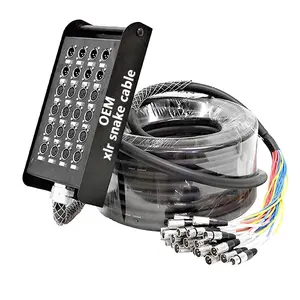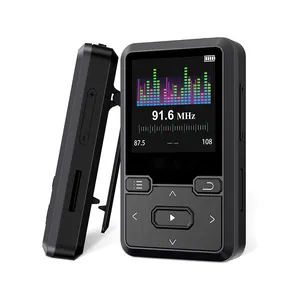Popular in your industry




































Top categories
About pci x
The Peripheral Component Interconnect (PCI) is a standard interface used to link various hardware devices, such as graphics cards, sound cards, and network adapters. The PCI-X is an enhanced version of the original PCI, designed to improve performance and meet the increased demands of modern systems. It offers higher speeds and bandwidth, making it ideal for applications requiring fast and efficient data transfer, such as servers and workstations. The PCI-X is backward compatible with the standard PCI, enabling users to upgrade their systems gradually.
Advantages of PCI-X
One of the prominent benefits of PCI-X is its enhanced performance. It operates at higher clock speeds, which translates to faster data transfer rates. The PCI Express x 1 and PCI Express x 4 provide up to 1 Gb/s and 2 Gb/s, respectively. This improved speed and bandwidth make PCI-X suitable for high-demanding applications, such as data-intensive processes and server environments. Moreover, the PCI-X is backward compatible with the standard PCI, allowing users to leverage their existing hardware while gradually transitioning to the enhanced technology. This compatibility promotes flexibility and cost-effectiveness for users looking to upgrade their systems.
Applications of PCI-X
The PCI-X finds applications in various sectors, including server environments and high-performance computing. In server environments, the PCI-X's enhanced performance and bandwidth support critical operations that require fast and efficient data processing. It is used for network cards, storage controllers, and other devices in server infrastructure, contributing to improved overall system performance. High-performance computing leverages the PCI-X's speed and throughput to handle complex and data-intensive tasks effectively. It is used in applications such as scientific research, financial modeling, and engineering simulations, where rapid data processing is essential. Additionally, the PCI-X can be found in workstations, providing the necessary performance for demanding professional tasks, such as multimedia production and graphic design.
Differences between PCI and PCI-X
The original PCI was designed to meet the data transfer needs of its time, operating at a clock speed of 33 MHz and providing a maximum bandwidth of 133 MB/s. On the other hand, the PCI-X offers significantly higher performance. It can operate at faster clock speeds, typically ranging from 66 MHz to 133 MHz, and achieve much higher data transfer rates, up to 1 GB/s. This enhanced speed and bandwidth make the PCI-X more suitable for modern applications with increased data processing requirements. The PCI and PCI-X also differ in terms of their physical characteristics. The PCI-X comes in a longer slot configuration compared to the standard PCI, allowing for additional data lanes and improved performance. The PCI-X slots are typically 64-bits wide, while the original PCI slots are 32-bits wide.



























